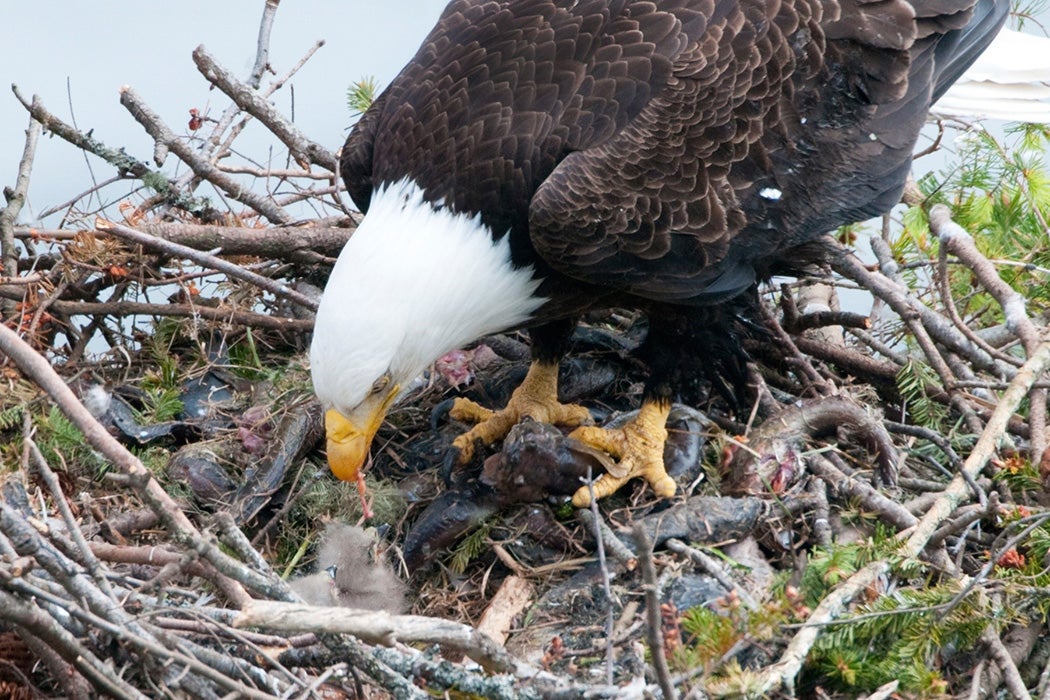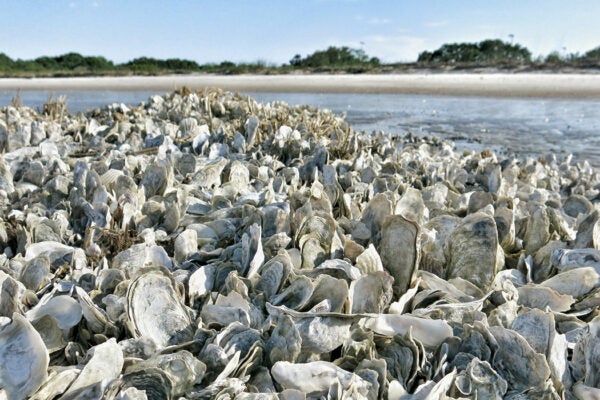Recent news reports of a pair of bald eagles flying around Staten Island suggest that New York City may someday have baby eagles within its boundaries for the first time in at least a century. This isn’t all that far-fetched: the birds are now seen regularly along the Hudson River in winter.
Forest destruction, hunting, and DDT poisoning took a tremendous toll on the birds that the United States made a national symbol in 1782. By the nation’s bicentennial, there were approximately 500 eagle pairs left in the lower 48 states (New York state, as an example, had one pair left). That’s when efforts to conserve and reintroduce them began in earnest.
Today there are more than ten times that number in the lower 48 states. Alaska and Canada have even more; Alaska was a major source of young birds for re-introduction programs. In 2007, the federal government “de-listed” bald eagles from the Endangered and Threatened Wildlife list, making their recovery a bonafide success story.
That’s the good news. But these big birds aren’t out of the woods yet; threats and challenges abound. While DDT is banned in the U.S., other toxins like mercury and lead continue to bedevil them. In lower than fatal amounts, they can cause behavioral changes, neurological damage, and reduced reproduction success.
Weekly Newsletter
Human development is another serious issue. Puget Sound in Washington State, which is divided up into some 400 breeding eagle territories, has seen a big increase in residential development. This study details the effectiveness of management plans for eagles who suddenly find themselves in the suburbs. National parks are not necessarily safe from human disturbance, either, as detailed in this paper on the effects of watercraft frequency and distance from nests within Voyageurs National Park in Minnesota.
One thing is sure, though: you stand a far better chance today of seeing one of these majestic creatures than people did 40 years ago.







